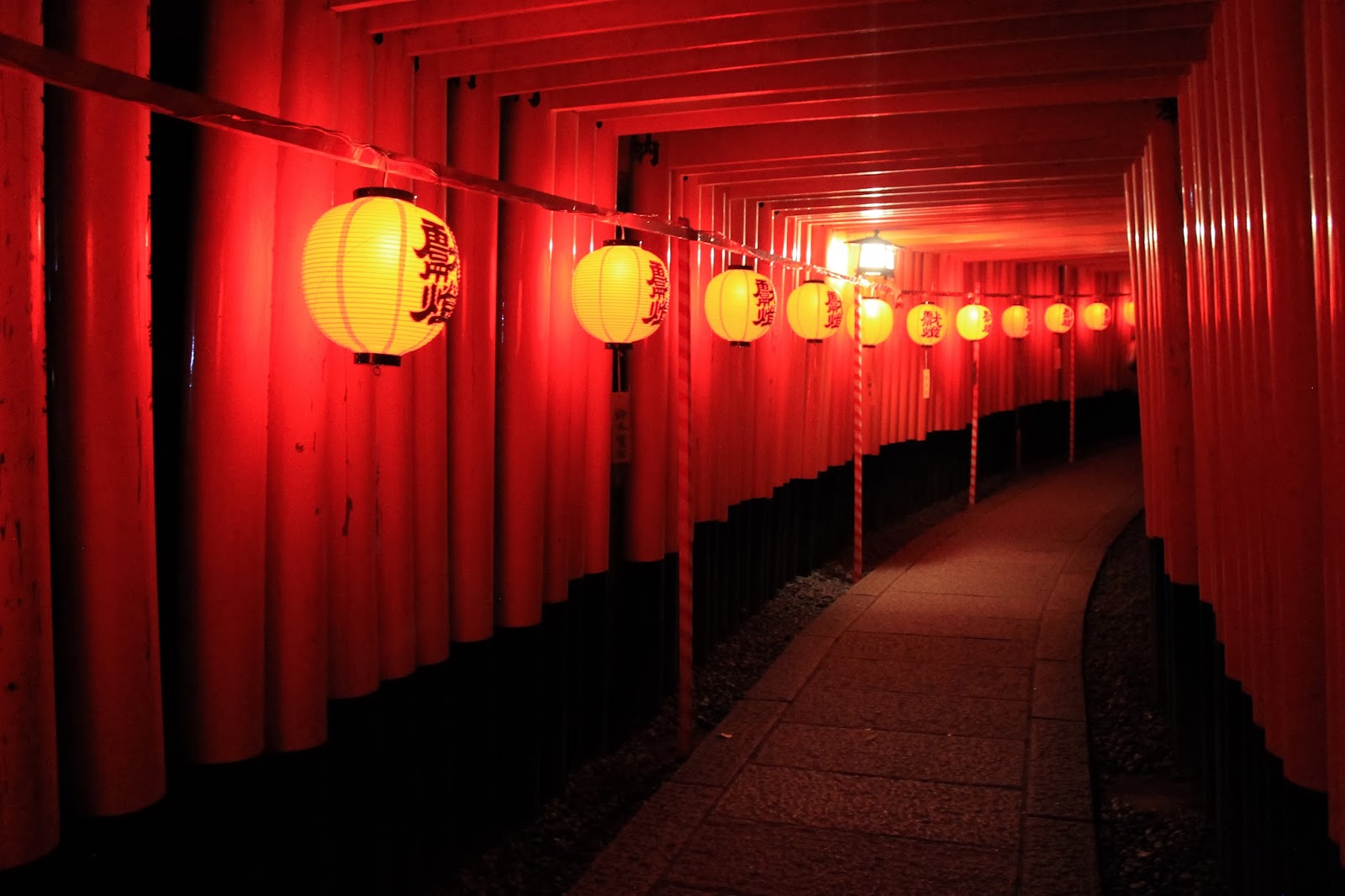There’s
something about summer. It smells different, the colors are always brighter and
the smiles bigger. Like many people in the world, I get the itch to travel or
do something different for myself in summer. And, last year, I decided I would
journey to central Japan to get my Japanese in gear, all while immersed in
Kyoto, the Mecca of Japanese history.
I poked around
the internet for a few days until I finally came across KICL and the summer
intensive Japanese program they offer. This program is open to study abroad
students, people who want to learn Japanese and explore Kansai, and
occasionally some expats living in Japan who need a boost for their Japanese. I
was the latter. I’d already been living in Japan for two years and despite
being to Kyoto before, KICL made a good case for a unique study experience and
a Kyoto I hadn’t yet met. So, I packed my suitcase and off I went.
Honestly, it’s
hard to pack four weeks’ worth of study and experience into one blog post. And
if I say one thing, many of my classmates would offer a different opinion. In
fact, that was the theme of our class, “finding my Kyoto.” Aside from grammar
lessons, we were encouraged every day to go out into Kyoto and find something
that interested us about Kyoto, Japan or Japanese people. I chose Japanese
dialects as my interest. Since I live in an entirely different region of Japan,
I became so aware of how different everyone speaks across the nation, and how
much that communicates regional history that might fall under the radar of many
history books. A great source of
information was the Japanese university students at the cultural exchange
parties KICL organized for us. I learned so much from them.
Often we were
asked to report our findings to the class the next day so our classmates could
benefit from our experiences, and so we could shape our education to the things
in which we were interested. Naturally
we worked in grammar and kanji around this, but the beating heart of the summer
course was Japanese culture.
Finally our exploration and research of Kyoto
we did on a daily basis culminated into a report and presentation on the last
day of class. Some might read this and find the idea of a presentation
daunting, but there was really no pressure. The teachers guided us through the
writing process and gently corrected mistakes. There was no pressure. Most
importantly, it was really exciting to listen to everyone’s research and
realize how much tangible progress everyone made in only four weeks.
Aside from
class, the summer program was structured to leave afternoons and weekends open
to either participate in the school organized trips, study (ok, not all the
time), spend time with your host family, or go out and do something else that
caught your fancy. I think one experience that every single student at KICL had
was the matsuri/festival (arguably the most popular word in Japan). Which
matsuri everyone went to, well, that was up to them.
During Japanese summer, especially in Kyoto, matsuri are happening almost every day! My personal favorite was the Fushimi Inari Main Shrine Festival (Honmiya matsuri). It occurs every year at the end of July, just after the national envy, Gion Matsuri, ends in mid-July. During the Honmiya matsuri, lights are strung from the near 10,000 tori winding through the holy ground. After sundown, they illuminate the way in a fire-like glow all the way to the top of the mountain. Stands of festival food and summer traditional sweets line the entry to the shrine, and from time to time taiko play, people dance, and fireworks explode. It was my favorite festival all summer.
Probably my
favorite trip I took in my free time was to Amanohashidate, the bridge to
heaven, located on the Sea of Japan two hours from Kyoto station. Amanohashidate
is simply a forested sand bar that spans a small lagoon. It’s home to a small
rural town and relatively small population, but every year tens of thousands of
people flock here to do one thing: to
bend over and look through their legs at the land bridge from one of the
mountain tops; all because a few hundred years ago, a famous author wrote it
looked like a dragon traveling to heaven and dubbed it one of the three scenic
spots of Japan. (the others being Matsushima, Miyagi prefecture, and Miyajima,
Hiroshima)
Wanting to check
this scenic spot off my list and also out of raw curiosity as to whether or not
it actually looked like a dragon, I hiked up the mountain and peered at the
sand bar through my legs. As for what I saw, you’ll just have to go there and
try it yourself!
As I said
before, I could never cram four weeks into one blog post. There’s just too
much. And in cruel paradox, four weeks really go quickly. Before I knew it I
was on a plane back to my home in northern Japan, retracing the same path I’d
only just taken. But it wasn’t so insignificant a time that I didn’t have a
fulfilling education, or make friends I will probably keep for the rest of my
life. It wasn’t so insignificant a time
that I didn’t intimately get to know a city over a thousand years in the
making. In fact, now that I think back, I wasn’t sad to leave Kyoto because I
came out of it with all that new knowledge, new experience and all those new
friends. They’re all memories I’ll have for the rest of my life and ultimately
I’m a better world citizen because of all I learned. When I left I felt like
the luckiest person in the world. This is the beauty of international
education.


-Allie







0 件のコメント:
コメントを投稿